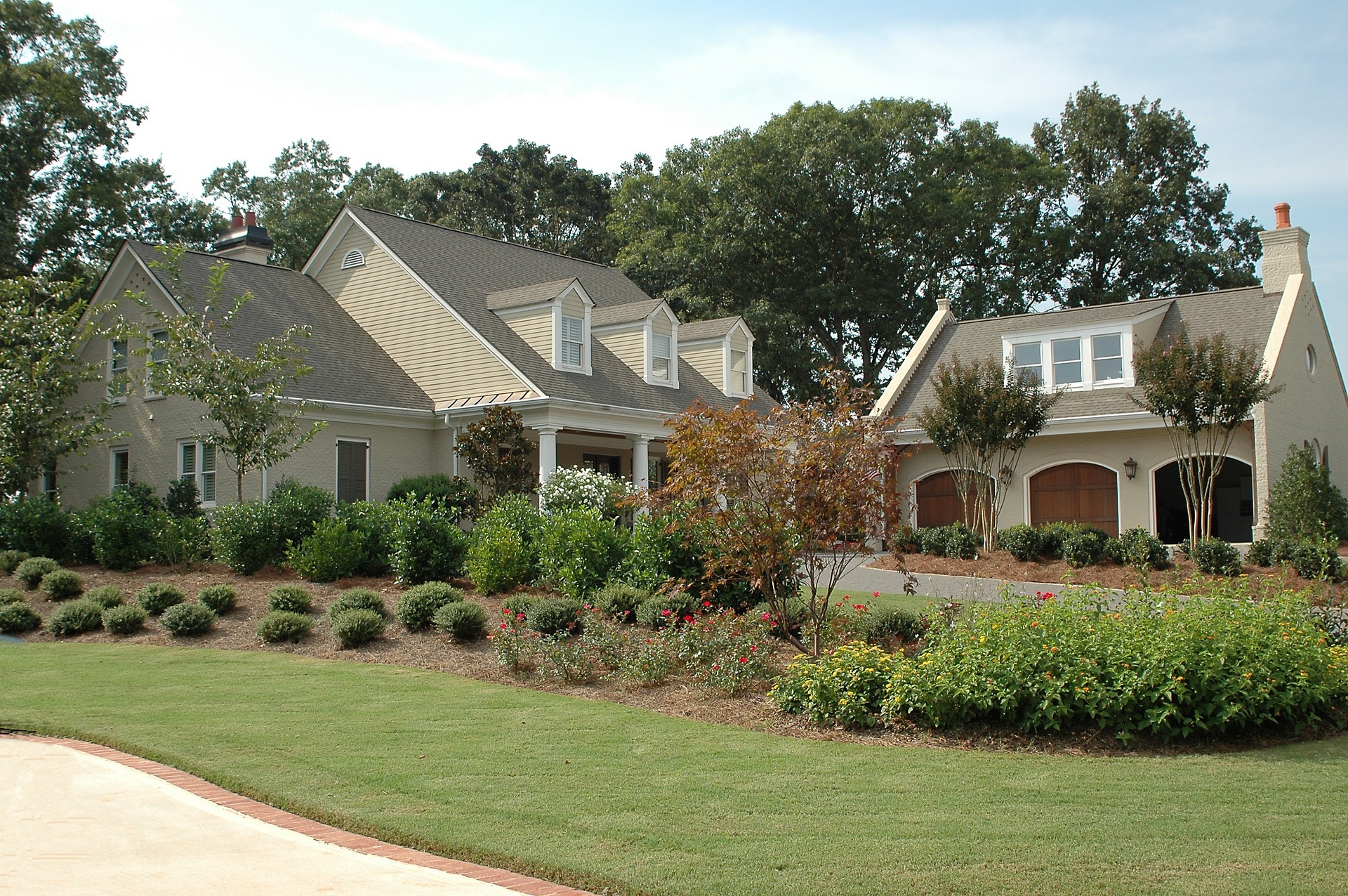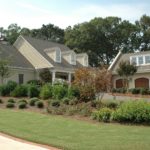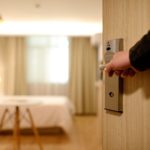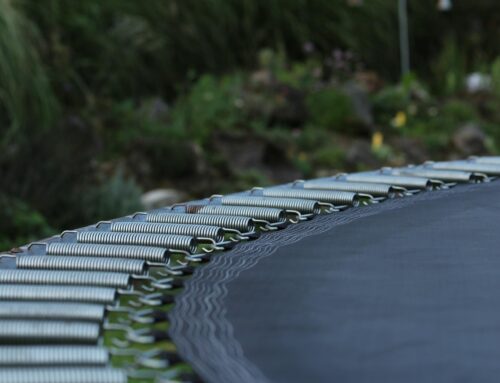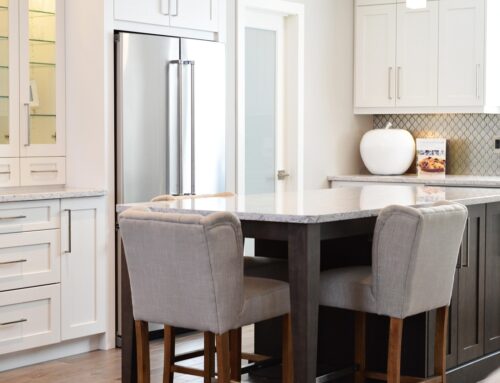Everyone who has a home and a mortgage is required to have a homeowner’s insurance policy. While most people are aware of the basic coverages available to Sarasota and Manatee residents, there are a lot of forms and riders which comprise total coverage. While some providers may utilize their own version of these forms, the forms outlined below are the most common ones provided by the Insurance Services Office (ISO).
Common Homeowner’s Insurance Forms
- HO-2: This general form for owner-occupied dwellings provides coverage for named perils for dwelling, other structures on the property and personal property.
- HO-3: The most commonly used special form, Ho-3 provides coverage for an owner-occupied dwelling and other structures similar to the HO-2. However, HO-3 identifies open perils for the dwelling and named perils for personal items. Open perils allows coverage for any situation, unless specifically excluded.
- HO-4: Known as the “renter’s policy,” this form provides coverage for a tenant of a dwelling, apartment or condominium and will provide coverage for named perils on personal property.
- HO-5: This Comprehensive Form covers an owner-occupied dwelling and open perils for both dwelling and personal property. Traditionally utilized for higher-value properties, providers are increasingly using the HO-5 for anyone.
- HO-6: Thhis form is used for individual residential condominium units.
Coverage Parts of a Homeowner’s Insurance Policy
Coverage A—Dwelling: Coverage A is the actual house and anything attached to it, such as a garage, deck or patio. Note: some carriers have revised the definition of “residence premises,” so make sure to clarify the policy language. If the homeowner is working on a significant home improvement project, materials and supplies that are being used to build, renovate or repair the dwelling are covered under Coverage A.
Coverage B—Other Structures: This coverage includes anything detached or set apart by space, such as a detached garages or freestanding shed.
Coverage C—Personal Property: This part of the policy provides coverage for personal property owned or used by the person insured. Pets of any kind are typically not covered (although pet insurance policies are usually available); motor vehicles are excluded, including riding mowers or recreational 4-whellers.
Coverage D—Loss of Use: This coverage contains two parts when you lose the use of your residence for some reason, such as a fire. One part covers additional living expenses, and the other covers any increase in living expenses to maintain a normal standard of living. “Fair Rental Value” is also included under this coverage if you lose rental income from a tenant due to being displaced.
Coverage E—Personal Liability: This coverage protects the homeowners by providing a sum of money to pay for any lawsuits that arise from injuries that occur on your property, damage caused to someone else’s property or belongings, and dog bites.
Coverage F—Medical Payments to Others: With this coverage, medical, surgical and x-ray expenses must be incurred or within three years of the claim.
Each form has its own nuances, and any homeowner looking for proper coverage for their situation should speak with a professional insurance agent. Many homeowners may not understand exactly what insurance policy they need to protect the totality of their possessions without guidance. The experts at Anderson & Associate Insurance Group can work with you to ensure that you have the coverage you need. Call today to review your homeowner’s policy and get the coverage and protection you need.


